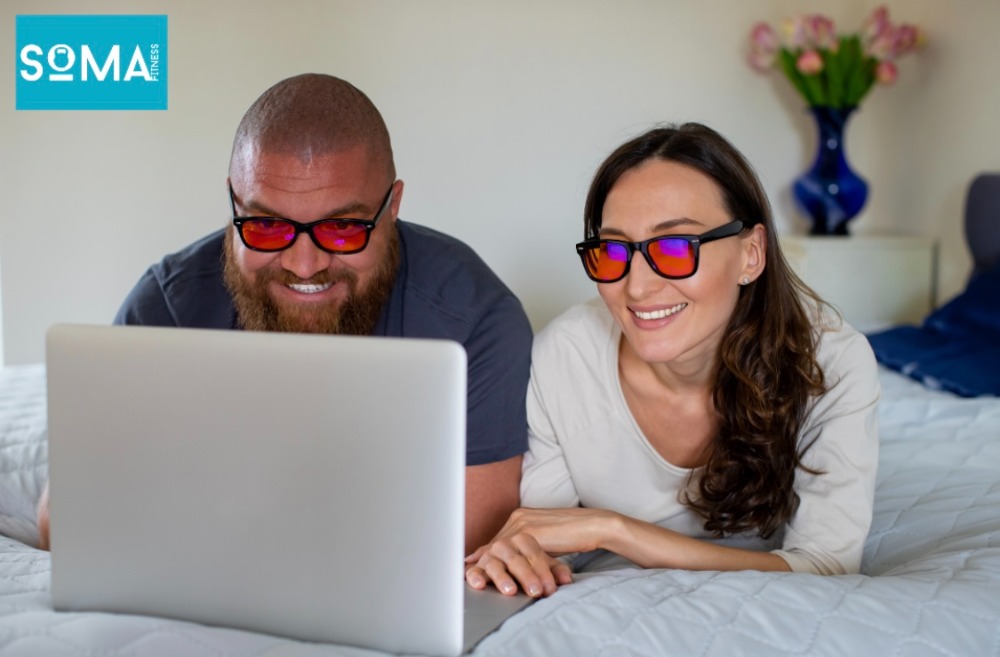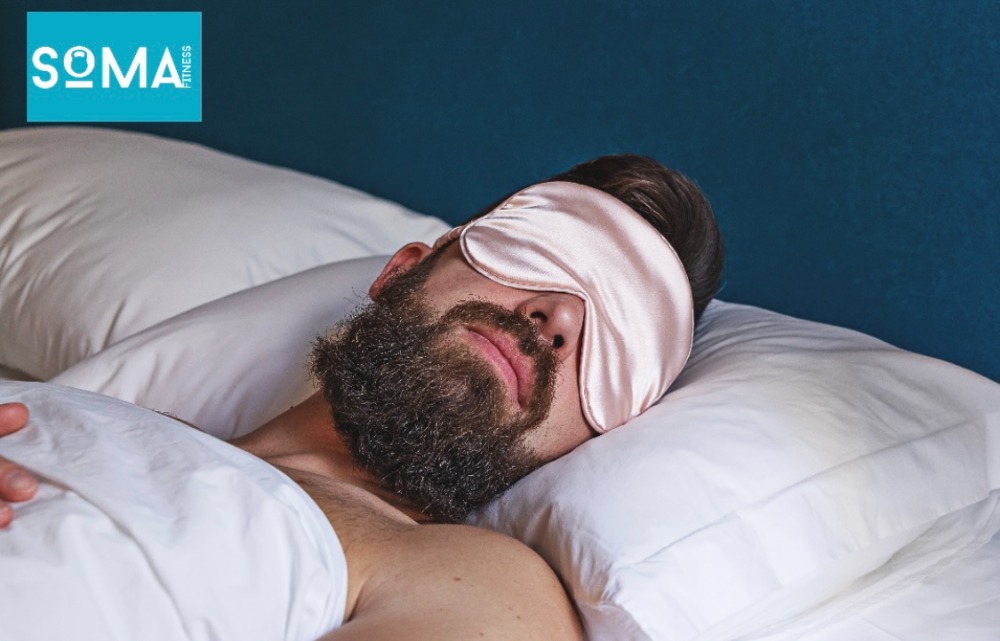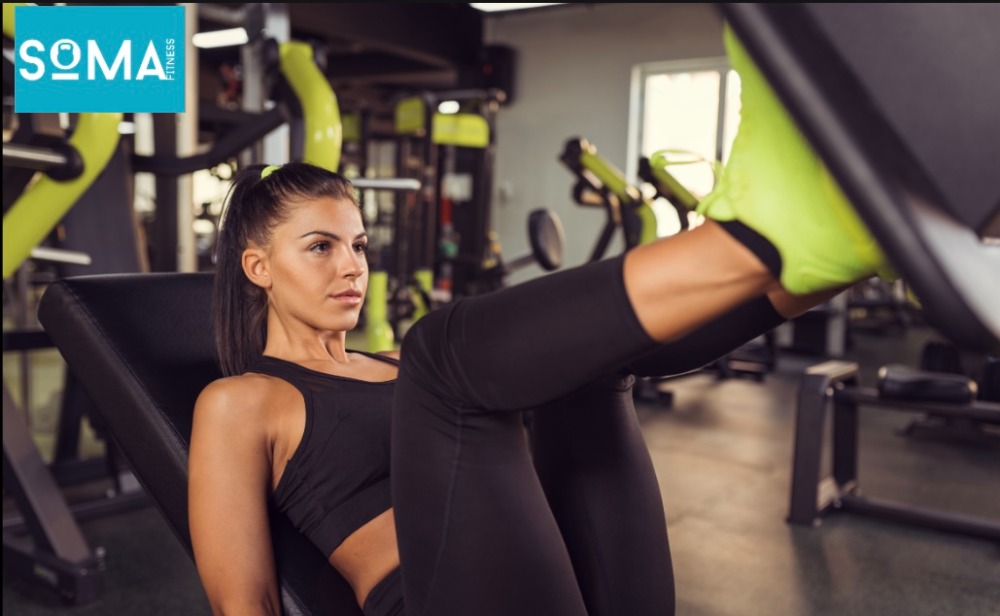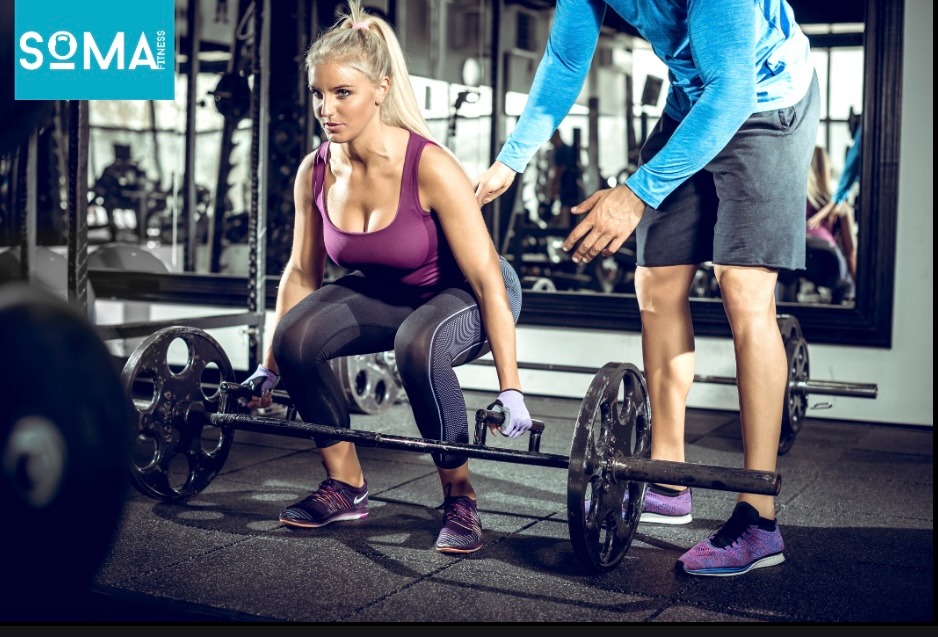When consulting with our personal training clients about thier fitness and physique goals, A few common questions we get asked very often are the following:
What are the best supplements I take to help me build muscle?
What is the best macro split?
What is the best training split I should follow?
How many reps should I aim for?
A lot of times people deprioritise the most important element that if neglected, the best training program from the best coach, with the best supplement protocol will not outperform the importance of a good quality night of sleep.
I will always answer their questions but with the phrase but if you do not prioritise sleep hygiene then the last thing you will do is build muscle.
What are the best supplements I take to help me build muscle?
(in my humble opinion) “Creatine, it has the most research completed on it than any other supplement. What ever can make you relax and place you in a parasympathetic state for the time that you are not training so you can optimise protein synthesis, after we have looked at certain lifestyle factors like SLEEP, stress and digestion then we can know what will be important for you as an individual.”
What is the best macro split?
“The one you can keep most consistent over a long period of time.”
What is the best training split I should follow?
“The one that you can recover from and have more frequency on each muscle group through the course of the week”.
The truth is and I know people hate hearing this is that there is no best of anything when it comes to human physiology, biochemistry, anatomical variance, and genetics. What is best for one individual will not be optimal for another. One thing I have learnt through over a decade of practice is that what is the best for one individual may not be what is best for another. Our linage and genetics all play a factor in many ways.
Why do we need to sleep?
– Improved Cognitive Function (adherence & will power)
– Optimal performance and recovery
– Impaired metabolic function due to lack of sleep
– Managing blood sugar levels
– Immune health
-Reduce inflammation
– Endocrine system function (optimal hormone production and homeostasis)
– Increase adrenal function
Tips to improve sleep quality?
– Sleep in a pitch-dark room (blackout blinds/eye mask)
– Manage noise in the room (ear plugs)
– Manage stimulant intake (no coffee after 1 pm)
– Do not eat a heavy meal too close to bed
– Practise Nasal Breathing before bed (10 mins box breathing exercise inhale 4 secs: hold 4 secs: Exhale 4 secs: hold 4 secs)
– Create sleep habits
– Have your bedtime at the same time every night including weekends (Or within a 1-hour window)
– Post prandial walks after your evening meal
– Maintain health blood sugar balance (balanced meals throughout the day)
– Manage your screen time, try and cut out 2 hours before bed
– Limit exposure to blue light. Blue light glasses in the evenings our recommendation: www.blublox.com
– Maintain a room temperature of around 20-22 degrees Celsius
– Do not make the bedroom a centre for entertainment.
– Do not watch scary movies or highly stimulating programmes right before bed.
– Workout hard
– Take power naps or use a meditation app for 10-20 mins of relaxation during your day
– minimise stressors
– Read a book before bed








Recent Comments